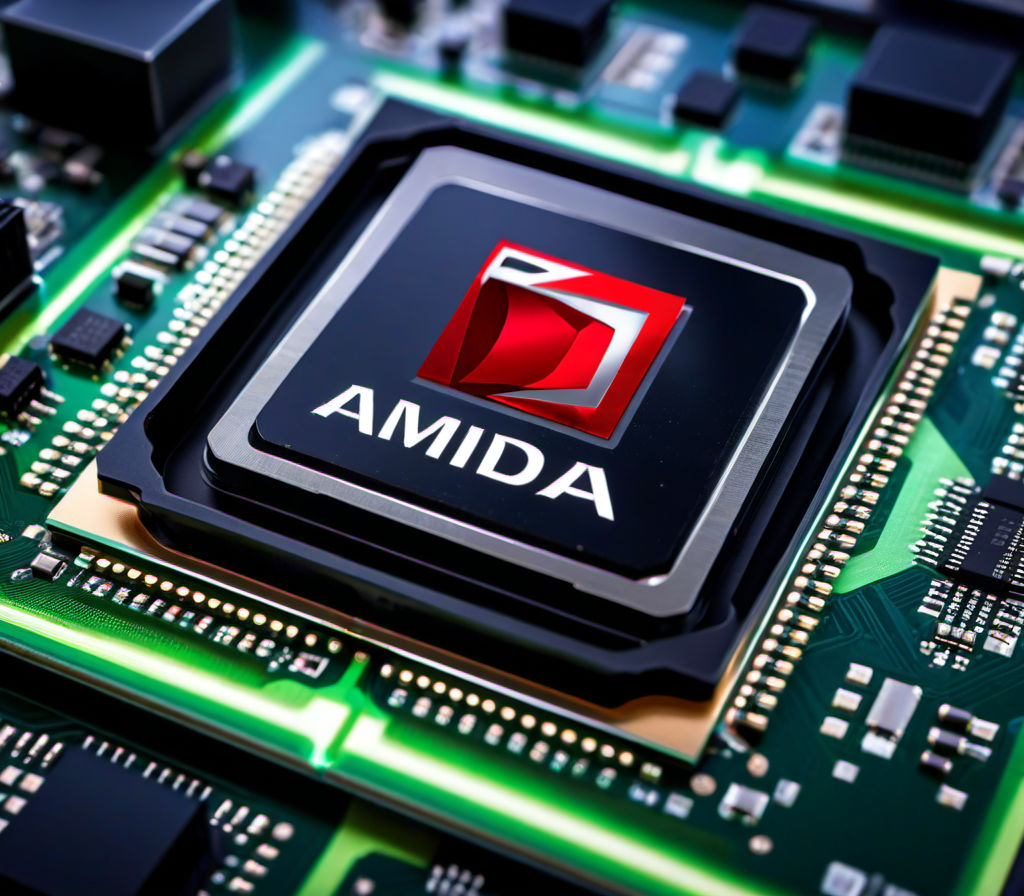This post was generated by an LLM
The article from The Economic Times highlights AMD’s growing challenge to Nvidia in the AI chip market, driven by the launch of its MI355 chip and strategic positioning in high-performance computing. Below is a technical and informative summary of the key details:
Technical Specifications and Performance
AMD’s MI355 chip is positioned as a direct competitor to Nvidia’s B200 and GB200 models, with claims of superior performance in AI workloads. According to the article, the MI355 outperforms Nvidia’s offerings while being significantly cheaper, making it an attractive option for data centers and AI applications [3]. While specific technical metrics such as clock speeds, power efficiency, or architectural innovations (e.g., tensor cores, memory bandwidth) are not detailed in the context, AMD emphasizes its ability to handle complex AI tasks, including inferencing and agentic AI, through its MI350-based Helios rack system [3].
Market Positioning and Strategic Moves
AMD’s CEO, Lisa Su, has framed the MI355 as a critical tool for addressing global challenges, leveraging its technology across platforms like Microsoft 365, Zoom, and SAP. The chip’s affordability and performance have bolstered AMD’s client list, which now includes major entities such as OpenAI, xAI, and Red Hat [3]. Analysts note that AMD’s expanding presence in data center GPUs and its projected $500 billion AI chip market by 2028 (up from earlier forecasts) signal a shift in market dynamics [3].
Challenges and Competitive Landscape
Despite AMD’s advancements, Nvidia remains dominant in the AI chip sector, with its GPUs widely used in cloud computing and large-scale AI training. However, AMD’s strategic moves, such as the MI355’s cost efficiency and partnerships with key players, are seen as a threat to Nvidia’s market share [3]. U.S. trade restrictions, which limit AMD’s ability to sell top-tier chips to China, pose a hurdle, but analysts remain optimistic about AMD’s growth potential [3].
Conclusion
The competition between AMD and Nvidia in AI chips underscores a pivotal shift in the tech industry, where affordability, performance, and strategic partnerships are reshaping market dynamics. While Nvidia retains its leadership, AMD’s MI355 and broader initiatives suggest a growing challenge to the status quo, with implications for global AI development and data center infrastructure [3].
This rivalry highlights the rapid evolution of AI hardware, where technical innovation and market strategy are equally critical to staying ahead.
https://m.economictimes.com/news/international/us/game-over-for-nvidia-lisa-su-breaks-silence-as-amd-chips-leave-nvidia-in-the-dust/articleshow/121889503.cms
https://m.economictimes.com/news/international/us/game-over-for-nvidia-lisa-su-breaks-silence-as-amd-chips-leave-nvidia-in-the-dust/articleshow/121889503.cms
https://m.economictimes.com/news/international/us/game-over-for-nvidia-lisa-su-breaks-silence-as-amd-chips-leave-nvidia-in-the-dust/articleshow/121889503.cms
This post has been uploaded to share ideas an explanations to questions I might have, relating to no specific topics in particular. It may not be factually accurate and I may not endorse or agree with the topic or explanation – please contact me if you would like any content taken down and I will comply to all reasonable requests made in good faith.
– Dan

Leave a Reply